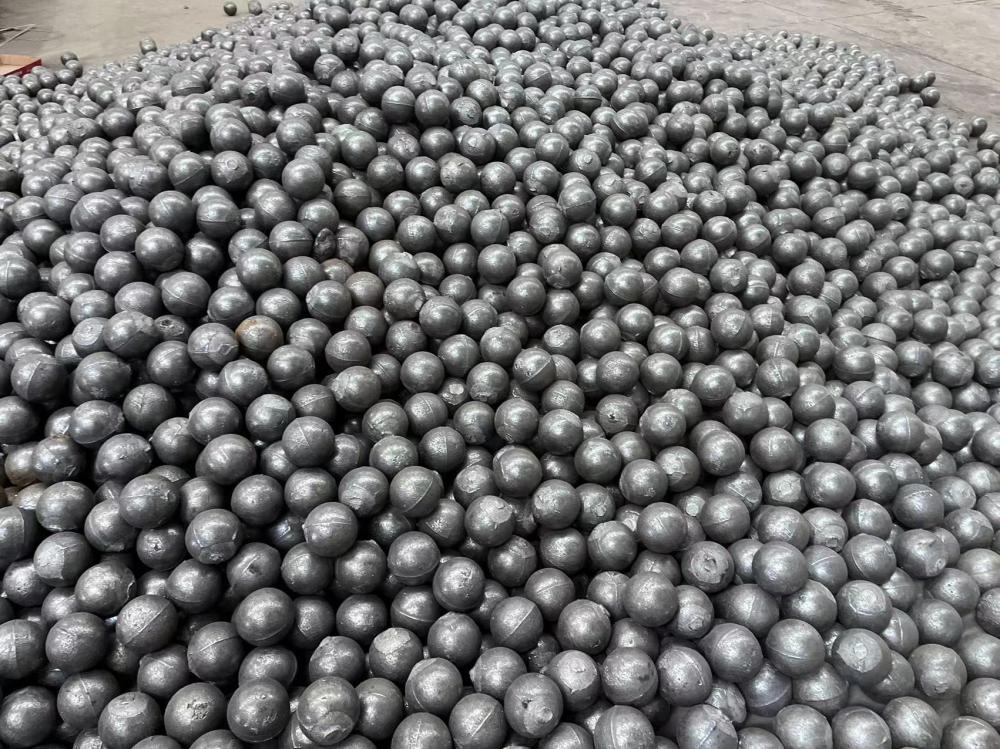In the long-term operation of construction machinery and equipment, some faults are unavoidable. However, many issues can be effectively managed if we pay close attention and take proactive measures. As a key component in engineering machinery, the accelerator may experience certain failures during use. Understanding these common fault scenarios and knowing how to respond can help maximize the efficiency and lifespan of the equipment.
1. **Excessive noise from the reducer** – High oil temperature, insufficient oil levels, or contaminated oil can lead to increased noise and vibration in the reducer. It's also important to check if the connecting bolts are loose or if the reducer’s position is misaligned. Depending on the situation, you should adjust or replace the faulty parts to resolve the issue.
2. **Abnormal input and output of the reducer** – If the input works but the output doesn't, or if one end is rotating significantly slower than normal, there might be an internal problem within the reducer. Common causes include damaged gears or a broken shaft. In such cases, it’s necessary to carefully disassemble the reducer housing, inspect the internal components, and replace any worn or damaged parts.
3. **Input and output not rotating** – If the internal bearings of the reducer are cracked or damaged, the reducer will fail to transmit power properly. Before assuming the reducer is at fault, check the motor’s power supply and connections. If the problem is with the reducer, repair or replace the affected components as needed.
Regular maintenance, timely inspections, and proper troubleshooting are essential for keeping construction machinery running smoothly. By staying alert and addressing issues early, you can prevent major breakdowns and ensure the longevity of your equipment. Always follow manufacturer guidelines and consult professionals when necessary to avoid further damage.
The high chromium wear-resistant alloy steel balls produced by our company have the following advantages:
1. With extremely high hardness, usually between 60-66 HRC, it can effectively resist wear and grinding and extend service life.
2. Excellent wear resistance, able to maintain stable performance during high-speed grinding and grinding, reducing the risk of wear and fracture.
3. It has good impact resistance and can withstand greater impact force and is not easy to break during high-speed grinding and grinding.
4. It has good corrosion resistance, can maintain stable performance in wet and corrosive environment, and is not easy to rust and corrosion.
5. Can maintain stable performance in high temperature environment, not easy to deform and soften, suitable for high temperature grinding and grinding process.
6. The wear rate of the steel ball is low, which can reduce the loss of abrasives and materials and improve the grinding and grinding efficiency.

Chromium Oxide Abrasive,Alloy Steel Ball,Tempered Alloy Steel Balls,Wear Parts Steel Ball
Xuzhou Surun wear-resistant material Co., LTD , https://www.suruntools.com